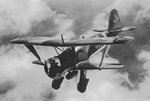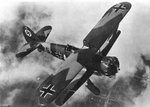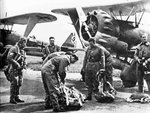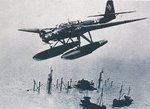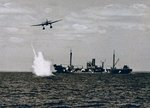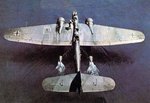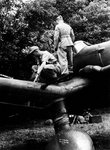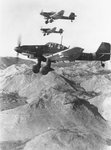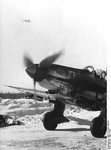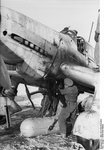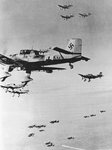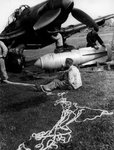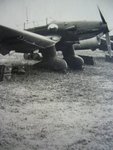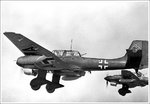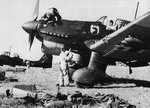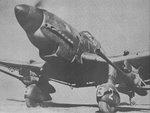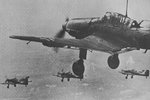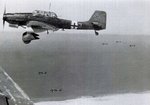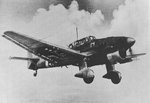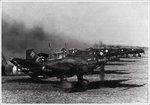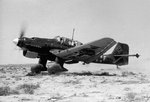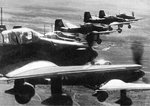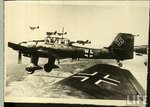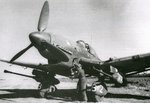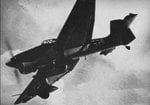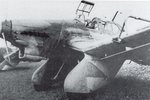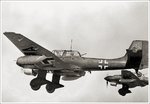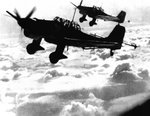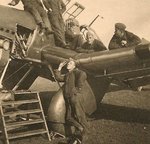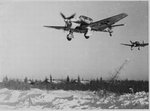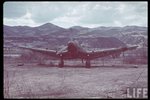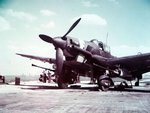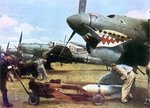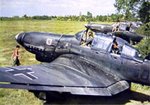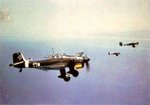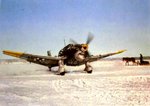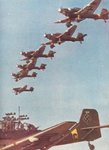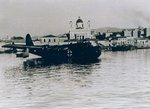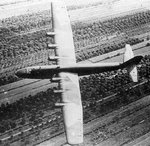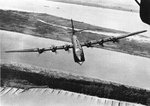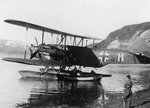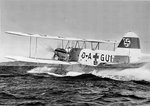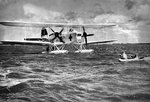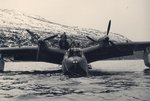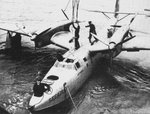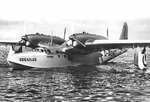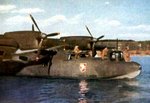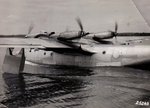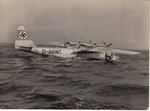- Thread starter
- #21
Six Hs 126A-ls were sent to Spain in 1938 for combat evaluation with the Legion Condor. There they proved very successful in both the light bombing and reconnaissance roles. The five sur*vivors remained in Spain after the end of the Civil War, and a further 16 were exported to Greece. By September 1939, Hs 126 production was in full swing, and soon the Hs 126B-1 was available, powered by the originally intended Fafnir 323 radial, offering better performance. Radio equipment was also upgraded, with the FuG 17 VHF set as standard. Thirteen reconnais*sance squadrons of Hs 126s took part in the Polish campaign in September 1939. In addition to their traditional roles of army co*operation, battlefield reconnaissance and artillery spotting, they also strafed and bombed Polish positions. In the absence of effective air defense, the Hs 126 could operate with relative impunity. Hs 126s were next in action over France, performing reconnais*sance missions along the Maginot Line in late 1939. However, by the time the Luftwaffe turned on France in earnest, in May 1940, the Hs 126 was beginning to prove easy meat for fighters. Production of the aircraft slowed dramatically with the decision to procure the Fw 189 for the battlefield reconnaissance role, and the last aircraft was deliv*ered in January 1941.
While the Aufklärungsstaffel (H) waited for the Fw 189, the Hs126s flew in North Africa, and the Russian front. After the re-equipment with newer types from the spring of 1942, the displaced Hs 126s relegated to second-line duties. Among these was the towing of DFS 230 gliders. From the autumn of 1942, a handful was used as night harassment aircraft by the Nachtschlachtgruppen. Two such units operated in the Balkans, operating a few examples of the aircraft right until the last days of the war.
Source: Henschel Hs 126 Nachbau
While the Aufklärungsstaffel (H) waited for the Fw 189, the Hs126s flew in North Africa, and the Russian front. After the re-equipment with newer types from the spring of 1942, the displaced Hs 126s relegated to second-line duties. Among these was the towing of DFS 230 gliders. From the autumn of 1942, a handful was used as night harassment aircraft by the Nachtschlachtgruppen. Two such units operated in the Balkans, operating a few examples of the aircraft right until the last days of the war.
Source: Henschel Hs 126 Nachbau
Attachments
-
 Henschel Hs-126 0011.jpg53.9 KB · Views: 337
Henschel Hs-126 0011.jpg53.9 KB · Views: 337 -
 Henschel Hs-126 0012.jpg69.1 KB · Views: 321
Henschel Hs-126 0012.jpg69.1 KB · Views: 321 -
 Henschel Hs-126 0013.jpg89.9 KB · Views: 348
Henschel Hs-126 0013.jpg89.9 KB · Views: 348 -
 Henschel Hs-126 0014.jpg70 KB · Views: 334
Henschel Hs-126 0014.jpg70 KB · Views: 334 -
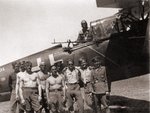 Henschel Hs-126 0016.jpg127.1 KB · Views: 333
Henschel Hs-126 0016.jpg127.1 KB · Views: 333 -
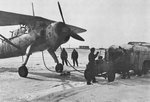 Henschel Hs-126 0017.jpg108.9 KB · Views: 329
Henschel Hs-126 0017.jpg108.9 KB · Views: 329 -
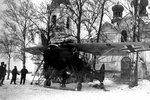 henschel hs.126.jpg170.2 KB · Views: 268
henschel hs.126.jpg170.2 KB · Views: 268
Last edited:






